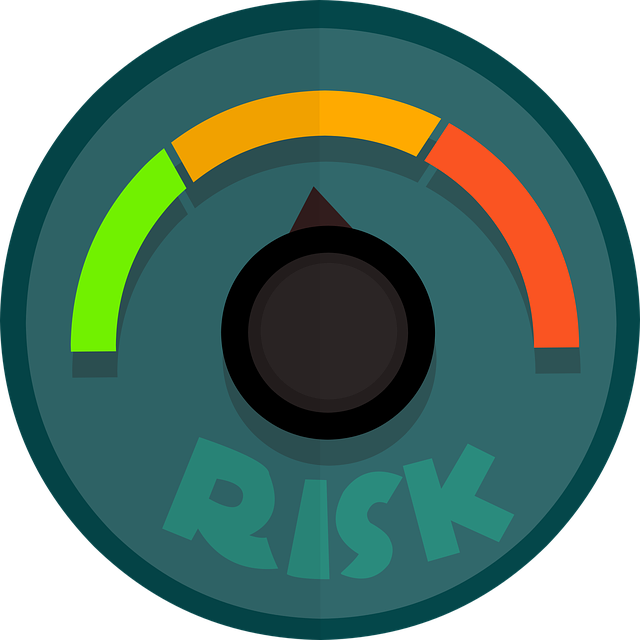Regulatory compliance is paramount for Certified Public Accountants (CPAs) in securing financial data in the digital age. They conduct CPA IT risk assessments to identify vulnerabilities in IT systems managing sensitive financial information, implementing robust access controls and data retention practices. This proactive approach aligns financial IT systems with regulatory standards, enhances accuracy, and builds stakeholder trust. Regular assessments, focusing on data management, security protocols, and audit trails, are crucial for maintaining compliance, avoiding legal issues, and ensuring the integrity of financial reporting. Continuous monitoring and updates to security protocols are essential in dynamic regulatory landscapes.
In the dynamic landscape of finance, Certified Public Accountants (CPAs) face escalating regulatory compliance demands. This article guides CPAs in navigating the intricate process of ensuring their financial IT systems meet stringent industry standards. We delve into crucial aspects, from understanding evolving regulations to implementing robust controls. Key topics include comprehensive CPA IT risk assessments, identifying and mitigating risks, and continuous monitoring. By adhering to these practices, CPAs can maintain compliance, enhance data security, and foster trust in their organizations’ financial reporting.
- Understanding Regulatory Compliance for CPAs: An Overview
- The Role of IT in Meeting Compliance Standards
- Conducting Comprehensive CPA IT Risk Assessments
- Identifying and Mitigating Potential Compliance Risks
- Implementing Effective Controls and Procedures
- Continuous Monitoring and Updates for Changing Regulations
Understanding Regulatory Compliance for CPAs: An Overview

Regulatory compliance is a critical aspect of the work performed by Certified Public Accountants (CPAs) as it ensures the integrity and accuracy of financial reporting. In the digital age, with complex IT systems managing vast amounts of sensitive financial data, understanding and adhering to regulatory requirements is more important than ever for CPAs. This involves a comprehensive grasp of various laws, standards, and guidelines related to data security, privacy, and reporting.
CPAs are responsible for conducting thorough CPA IT risk assessments to identify potential vulnerabilities in their organization’s systems. These assessments help in implementing robust access controls accounting measures, ensuring that only authorized personnel can access financial records. Furthermore, regular IT audits for accountants are essential to verify the effectiveness of data retention CPA practices, thus maintaining the integrity and availability of financial information over time.
The Role of IT in Meeting Compliance Standards

In today’s digital era, CPAs must ensure their financial IT systems align with regulatory compliance requirements to maintain integrity in financial reporting. IT for financial reporting plays a pivotal role in this process by providing automated processes that enhance accuracy and efficiency. Through robust IT infrastructure, CPAs can implement effective compliance monitoring mechanisms, ensuring data integrity and security.
CPA IT risk assessments are essential tools to identify vulnerabilities and mitigate potential threats. By regularly evaluating file security measures, organizations can safeguard sensitive financial information. This proactive approach not only helps in meeting regulatory standards but also builds trust among stakeholders who rely on accurate and secure financial reporting.
Conducting Comprehensive CPA IT Risk Assessments

Conducting thorough CPA IT risk assessments is an indispensable step in ensuring financial IT systems align with regulatory compliance requirements. These assessments go beyond a surface-level review by meticulously evaluating an organization’s IT infrastructure, data management practices, and security protocols from a CPA perspective. By analyzing potential risks and vulnerabilities, CPAs can identify areas where existing controls might be inadequate or where new measures are necessary to maintain compliance.
A comprehensive assessment involves examining data retention policies, access controls, and the integrity of financial records. It also delves into IT legal support mechanisms, ensuring that the organization is shielded against cyber threats and regulatory penalties. Additionally, CPAs should scrutinize the capabilities of existing IT audits for accountants, focusing on their effectiveness in identifying and rectifying compliance deviations. This holistic approach empowers CPAs to play a pivotal role in safeguarding financial integrity while navigating the complex landscape of ever-evolving regulations.
Identifying and Mitigating Potential Compliance Risks

Identifying and mitigating potential compliance risks is a crucial step for CPAs aiming to maintain regulatory adherence in their financial IT systems. CPA IT risk assessments play a pivotal role in this process by meticulously scanning for vulnerabilities that could expose an organization to non-compliance. These assessments involve a comprehensive analysis of existing IT controls, data management practices, and the overall architecture of financial reporting systems.
By conducting regular risk assessments, CPAs can proactively identify areas requiring enhancement, such as strengthening audit trails IT and implementing robust compliance monitoring mechanisms. This proactive approach ensures that IT for financial reporting is secure, transparent, and aligns with regulatory standards, thereby minimizing the likelihood of costly audits or legal implications.
Implementing Effective Controls and Procedures

Implementing effective controls and procedures is paramount for CPAs aiming to ensure their financial IT systems meet regulatory compliance requirements. This involves a comprehensive CPA IT risk assessment that identifies potential vulnerabilities and areas needing strengthening. By assessing data retention CPA practices, accounting compliance IT tools, and the integrity of audit trails IT, professionals can proactively mitigate risks and maintain adherence to industry standards.
A robust control framework includes regular security assessments, staff training on best practices, and the implementation of specialized accounting compliance IT tools that enhance data protection and traceability. Maintaining meticulous audit trails IT enables CPAs to demonstrate regulatory adherence during audits, fostering trust among stakeholders and ensuring business continuity.
Continuous Monitoring and Updates for Changing Regulations

Regulatory landscapes are ever-evolving, with new laws and guidelines frequently emerging to protect sensitive financial data. Continuous monitoring is, therefore, a non-negotiable aspect of effective CPA IT risk assessments. CPAs must stay ahead of the curve by regularly reviewing and updating their security protocols in line with these changing regulations. This proactive approach ensures that their IT systems remain robust enough to safeguard client information and prevent costly compliance failures.
Regular compliance monitoring involves staying abreast of industry updates, attending relevant seminars, and conducting internal audits to identify any gaps or vulnerabilities within the existing regulatory data systems. Furthermore, CPAs should implement strong file security measures, such as encryption technologies and access controls, to ensure that sensitive financial records are protected at all times, both in transit and at rest.
